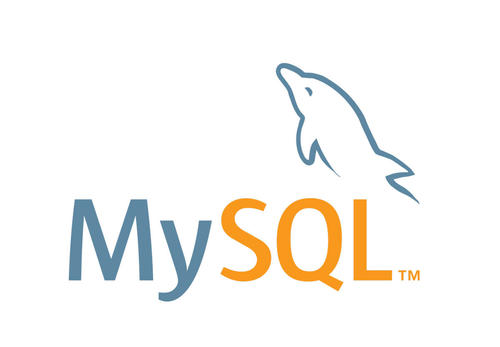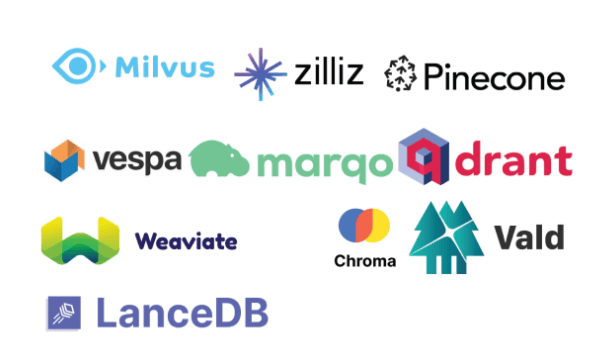Explore the key differences between Redis and MySQL transactions, focusing on design principles, ACID properties, implementation mechanisms, and use cases. Learn which database is best for your needs!
Redis transactions differ significantly from those in relational databases (RDBMS, such as MySQL) in terms of design philosophy, implementation, and functional features. This article will dive into the key distinctions between them. 📝

1. ACID Properties of Transactions
Atomicity (💥 Everything or Nothing)
Redis:
Redis transactions are implemented using commands likeMULTI,EXEC, andDISCARD. Commands queued betweenMULTIandEXECare executed sequentially as a single atomic unit. However, Redis doesn’t support partial rollback. If one command fails, previously executed commands won't automatically roll back.
😬 You’re on your own for handling errors!RDBMS:
Relational databases strictly adhere to ACID principles and ensure transaction atomicity. If any step fails, the entire transaction is rolled back to maintain consistency.
Consistency (✔️ Integrity Maintained)
Redis:
Redis ensures atomic execution of commands but doesn’t enforce constraints (like foreign keys or uniqueness) to maintain data consistency automatically. Developers need to handle data integrity themselves.
Freedom comes with responsibility! 🎯RDBMS:
With features like foreign keys, unique constraints, and checks, RDBMS ensures that the database remains consistent before and after a transaction.
Isolation (🚧 No Interruption Allowed)
Redis:
During the execution ofEXEC, Redis ensures linear execution of commands. However, it doesn’t offer multiple isolation levels. Commands queued in a transaction are serialized, but other clients can still access the database concurrently.RDBMS:
Supports various isolation levels (e.g., Read Uncommitted, Read Committed, Repeatable Read, Serializable) to prevent issues like dirty reads, non-repeatable reads, and phantom reads.
Durability (💾 Data Survives Crashes)
Redis:
Data durability is ensured via RDB snapshots and AOF (Append-Only File). However, recent changes might be lost in extreme cases (e.g., system crashes).RDBMS:
Uses robust mechanisms like transaction logs (e.g., Write-Ahead Logging) to guarantee durability, even in failure scenarios.
2. Implementation Mechanisms
Command Queues vs. Log Records
Redis:
Commands are queued afterMULTIand executed sequentially withEXEC. This mechanism is simple and efficient but lacks advanced transaction logging or rollback features.RDBMS:
Uses sophisticated logging systems (e.g., Write-Ahead Logging) to track changes, allowing rollbacks, recovery, and robust concurrency control.
Concurrency Control
Redis:
Its single-threaded model avoids most concurrency issues but can become a bottleneck under high concurrent workloads.RDBMS:
Employs advanced techniques like multi-threading, Multi-Version Concurrency Control (MVCC), and locking to handle high concurrency efficiently.
3. Functional Features
Rollback Mechanism
Redis:
Doesn’t support transaction-level rollback. If a command fails, previous commands in the transaction aren’t undone. Applications need to handle error recovery themselves.RDBMS:
Automatically rolls back transactions on failure, ensuring all-or-nothing behavior.
Complexity and Flexibility
Redis:
Simpler transaction model, suitable for scenarios requiring fast execution of simple atomic operations.RDBMS:
Offers rich transaction management, catering to complex data operations and strict consistency requirements.
Scripts and Atomic Operations
Redis:
Supports Lua scripts, enabling developers to group multiple commands into a single atomic operation, compensating for some of its transactional limitations.RDBMS:
Provides advanced tools like stored procedures and triggers for logical encapsulation and sophisticated transaction control.
4. Use Cases 🚀
Redis:
Perfect for high-performance, simple transaction needs such as:
Caching systems
Counters
Leaderboards
Ideal for scenarios with rapid write operations and minimal transaction complexity.
RDBMS:
Best for systems requiring strict data consistency and complex transaction handling, such as:
Financial systems
Order management systems
Suitable for applications involving complex queries, relationships, and transaction control.
Conclusion 🎉
While Redis provides basic transaction mechanisms focused on atomic command execution, it lacks the comprehensive ACID compliance and advanced management capabilities of relational databases. RDBMS transactions are better suited for applications demanding strict consistency and complex operations, while Redis excels in high-performance, simple atomic operation scenarios.
Choose the right tool for the job to build efficient and reliable systems! 💪



